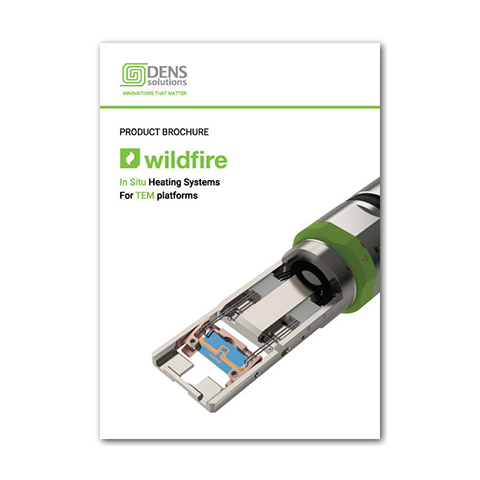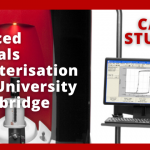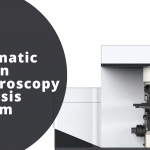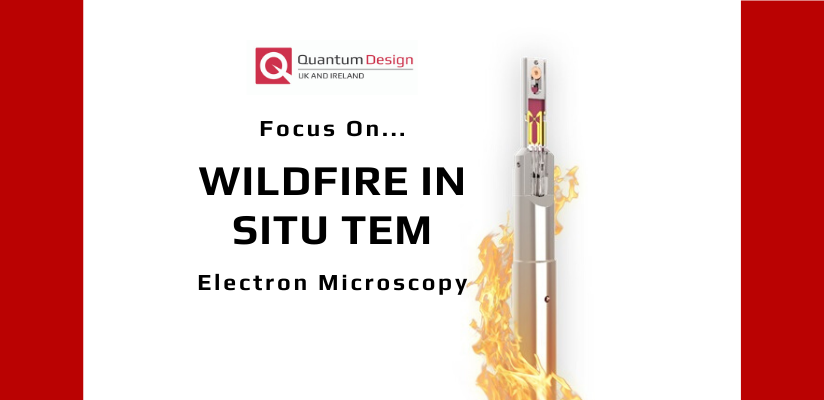

Real-time imaging of thermal dynamics
The Wildfire In-Situ Heating Series enables researchers to perform thermal studies in a controlled and stable environment within your TEM. Catering for a variety of application spaces, the Wildfire In-Situ Heating Series transforms your high-end TEM from a static imaging tool to a multi-functional laboratory.
Contents
Get more from your TEM, 3 reasons to choose for Wildfire
Investigating materials while changing temperature expands the application space of conventional TEM and enhances its already powerful imaging capabilities. The Wildfire system allows for researchers to heat from room temperature to 1,300 °C with the ultimate temperature control and ultimate sample stability in all directions. The stability of the Wildfire system ensures that the full resolution and analytical performance of every TEM can be maintained while observing sample dynamics at elevated temperature.


Reason 1: High-impact publications
Experiment: Thermal degradation of perovskite solar cell
Obtaining the ‘game changing’ experimental results is the goal of any researcher – academic or industry. The team at Cambridge University focusing on energy related materials used the Wildfire system to study perovskite solar cells and their degradation processes during heating.
These solar cells have become increasingly popular; however, the stability and lifetime of such devices at elevated temperatures are of concern. In-Situ TEM was used to understand the changes in morphology and chemical composition, leading to an improved understanding of the degradation evolution and Nature Energy publication.
Heat-induced degradation of perovskite solar cells. G Divitini, et al. University of Cambridge. Nature Energy 2016. DOI: 10.1038/nenergy.2015.12
Reason 2: Real time dynamics
Behaviour at the macroscale is strongly linked to atomic arrangement and its transformation. In this example Ru nanoparticles supported on silica are heated to 1300’C using a DENSsolution Wildfire system.
At that temperature, the SiO2 sphere evaporates and the Ru nanoparticles become very mobile. The emphasised nanoparticle changes from round to square.
This shape change can be studied in detail, due to the technology behind DENSsolutions heating systems, which ensures high sample stability, sub-A˚ resolution and therefore enables deeper understanding of the processes involved.
Courtesy of Gatan
Reason 3: High temperature EDS
Chemical analysis while heating is extremely important to understand the dynamics of temperature-induced transformations High quality EDS analysis at elevated temperatures is challenging due to the intense generation of infrared radiation during heating, which disturbs the X-Ray spectral acquisition.
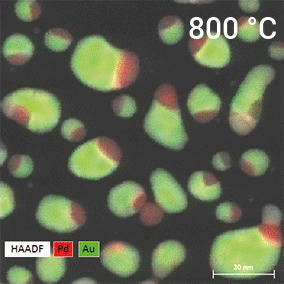

DENSsolutions provides the technology and the experimental evidence that In-Situ EDS at elevated temperatures is reliable and robust technique across a large temperature range. For the first time it was shown that EDS analysis is possible even at 1000’C.
Acquired on a Wildfire S3. Maps courtesy of Bruker
Wildfire Application Fields
- LowD Materials
- Nanotechnology
- Materials Engineering
- Materials for Energy Applications
- Soft Matter Systems


FAQs
What is the tilt range of the Wildfire system?
This tilt range is dependent on the pole-piece gap of your TEM. Here is the summary based on the largest pole-piece: Wildfire H/H+: Alpha tilt up to ±30°, Wildfire H+ 3D: Alpha tilt ±70°, Wildfire H+ DT: Alpha & Beta tilt up to ±25°. For detailed specifications please refer to the brochure.
What is the best achievable resolution at elevated temperature?
The resolution of 0.6 Å can routinely be achieved at 1000 °C. The resolution is dependent on your TEM; however, the achievable resolution at elevated temperature will be as good as for your standard TEM holder.
What is the temperature range for the Wildfire system?
The Wildfire H system allows any temperature between RT to 600 °C. All the other systems enable any temperature between RT and 1100 °C (SiNx support) and 1300 °C (through hole).
Is Wildfire compatible with EDX?
Due to small heater using only a few mW of power to heat to elevated temperatures, EDX signal can now be obtained at elevated temperatures up to 1000 °C. Performance is dependent on your TEM/EDS setup.
Can a Wildfire system be used for biasing experiments?
We support customers in upgrading their Wildfire H+ DT systems to perform biasing experiments. This is the Wildfire Biasing Expansion Pack. In the case that the customer develops their own MEMS devices for biasing experiments, the Wildfire holder is able to be used in conjunction with these ‘home-made’ MEMS devices.
Testimonial
“In-Situ TEM provides a new dimension in dynamic structural studies of a range of technologically important materials. The Department of Materials at Oxford will use the DENSsolutions sample heating holder in a number of projects related to catalysis and low dimensional carbon materials. We have chosen this solution for its unrivaled stability and control.”



